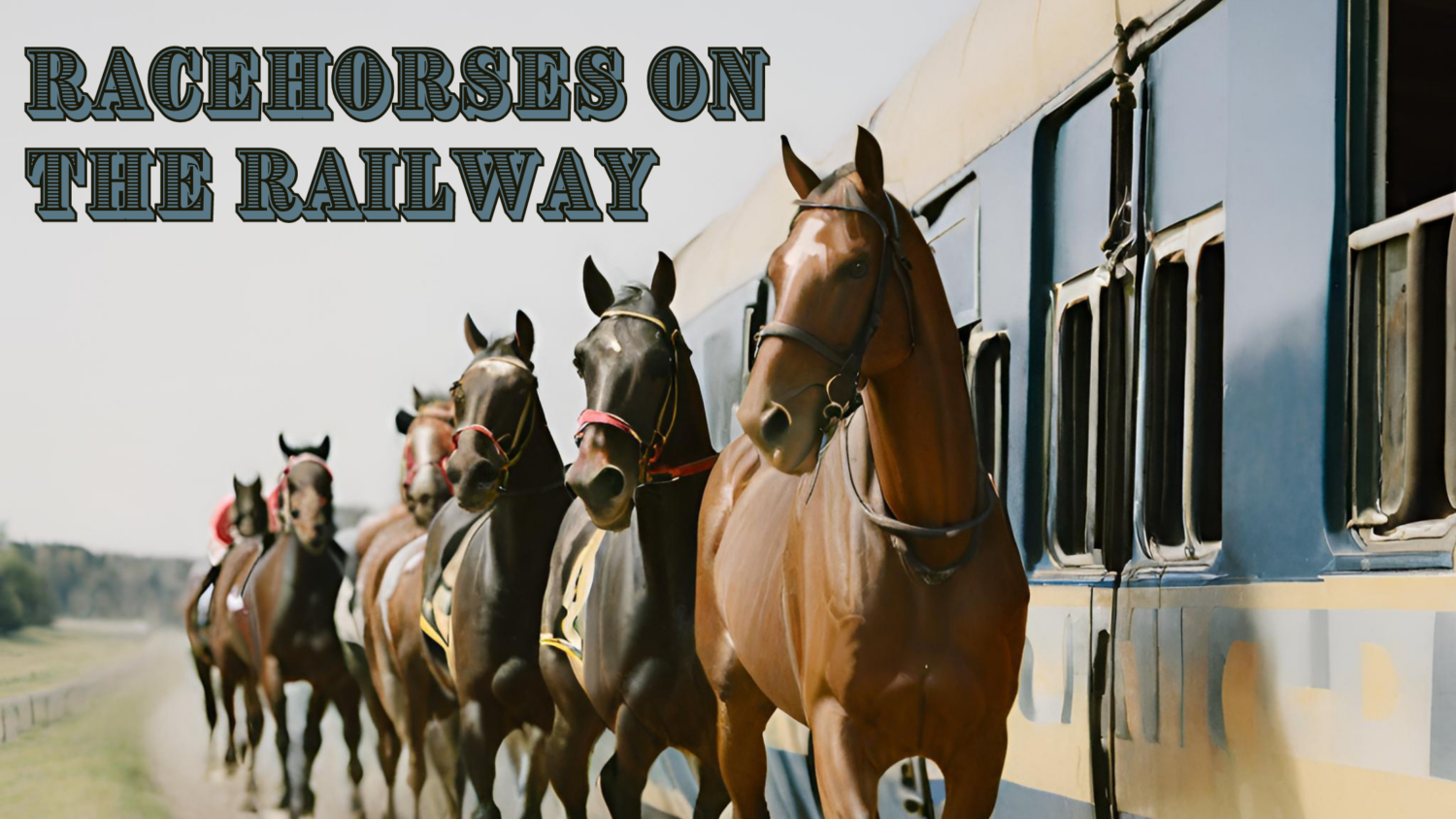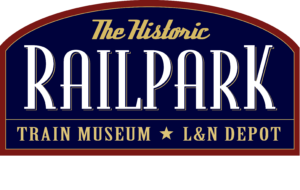Racehorses on the Railway
 Racehorses on the Railway
Racehorses on the Railway
Happy Keeneland season folks! Here at the RailPark, you learn all about locomotive horsepower and how transportation evolved from horse-drawn carriages to passenger railcars. But that is not all that is interesting about horses and trains… for a short period, racehorses were transported to tracks and stables all over the country in special railcars designed for moving these thoroughbreds. With prominent American racetracks spanning thousands of miles from each other, railway transportation simplified and reduced the costs of getting racehorses to their destination. While the rocky and dark quarters weren’t exactly favorable to the horse, the original baggage-horse cars were one of the preferred methods for the transcontinental transportation of high-value horses in the late 19th century.
One of the most infamous horses in history to experience railway travel was Seabiscuit throughout the 1930s. At the height of Seabiscuit’s success, his press and marketing team developed a plan for him to be seen by his adoring fans while being shipped from the east coast to his races at Bay Meadows in California. In his “whistle-stop” tour Seabiscuit traveled by rail over 50,000 miles, where the train carrying him would sound its whistle while going through towns so the fans could look at the railcar to catch a glimpse of Seabiscuit. A popular rail service called “Seabiscuit Limited” was implemented to bring fans to racetracks to watch Seabiscuit race.
While the conditions of railway transportation of horses were often considered inhumane, Seabiscuit traveled as comfortably as possible on his railway journey. Seabiscuit could be quite temperamental, so he traveled with a pony-horse named “Pumpkin,” who served as an emotional support companion. Seabiscuit’s railcar was most likely a Pullman Company car equipped with stalls, lighting, a generator, water tanks, and bathroom quarters. Since railcars transporting racehorses had to be highly accommodating for comfort, Seabiscuit mainly lounged or slept with warm blankets, Pumpkin by his side, and a horseman nearby to make sure he had everything he needed.
In the biographical movie about Seabiscuit’s life and success, the Santa Fe Horse Express Car was used in the film to represent Seabiscuit’s rail travel. Given there were only 10 of these cars in service in the Southern California area, it is extremely likely this car was the railcar transporting Seabiscuit. The Santa Fe Horse Express Car is preserved and on exhibit at the RailGiants Train Museum in the Los Angeles County Fairgrounds, detailing the history of horse transportation by railway.
The average baggage-horse car was converted from steel chair cars and heavyweight coaches to Horse Express Cars. These cars were generally 82 feet long over the Buffers with an inside length of approximately 78 feet. There were three doors on each side with a large center door and smaller doors on each side over the trucks.
There are two model train kits to act as a diorama of L&N racehorse rail travel. The L&N 1500-1519 model train prototype was a limited-edition kit produced by Bethlehem Car Works. This model represents an 80-foot-long car with three stable doors and is the most similar model car to what Seabiscuit was believed to be transported in. This model was heavily based on Horse Express railcars that transported racehorses around Kentucky to notable tracks like Churchill Downs. The LIONEL 2227540 model car also represents racehorse rail transportation but is much scarcer, thus being more valuable. These model cars aimed to represent how racehorses didn’t change cars if their journey took them across multiple rail lines or states, which is why seeing an L&N horse car from Kentucky on a Santa Fe passenger train was nothing unusual when these railcars were in service.
All in all, Kentucky is RICH with both horse history and railway transportation history. If you are making your way toward the Bluegrass State for the 2023 Keeneland Fall Meet, make sure you head through the Commonwealth to Bowling Green to learn all about the L&N rail line here at the Historic RailPark and Train Museum. While we don’t have a horse express railcar on exhibit, we have 5 other interesting, vintage railcars as well as a full model display of hundreds of model railcars in our gift shop. On your marks, get set & head to the Historic L&N Depot here in BG, KY!

